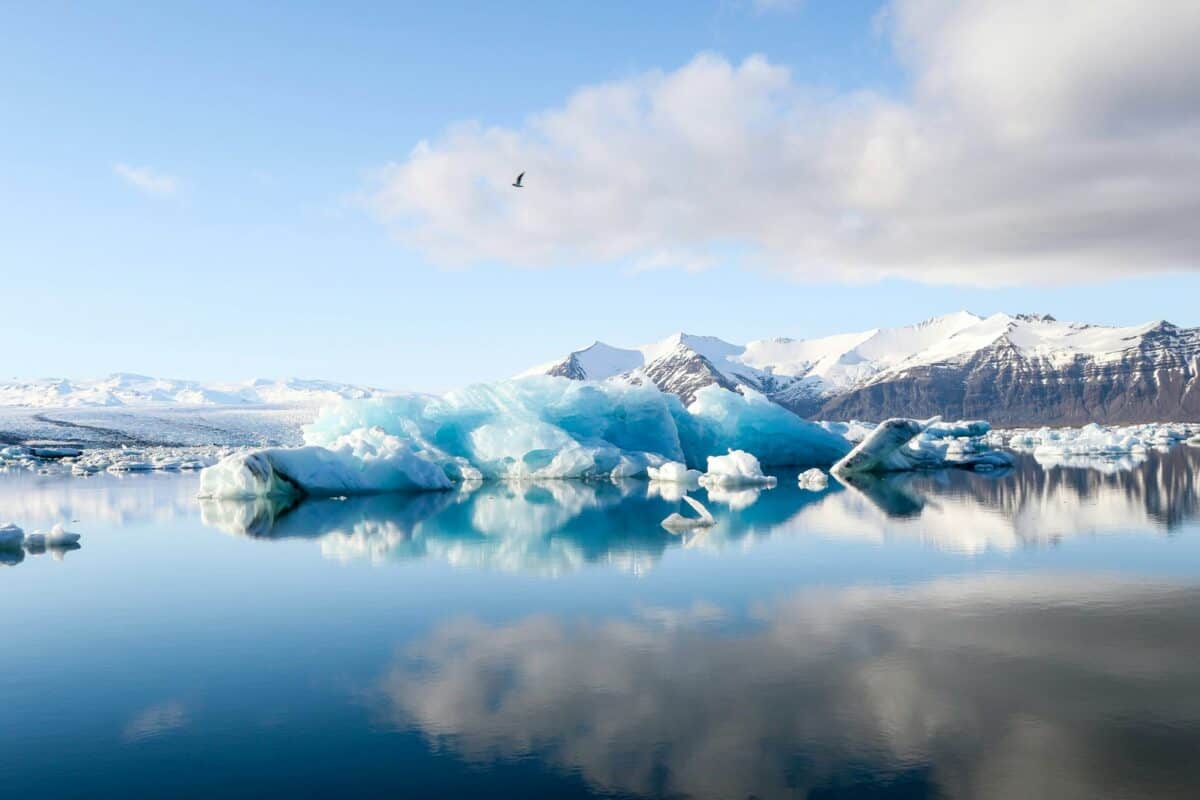Deep beneath the frigid surface of Alaska’s glaciers lies a treasure trove of Earth’s history, preserved in layers of ancient ice. Scientists drilling ice cores from these frozen time capsules have made astonishing discoveries that are revolutionizing our understanding of Earth’s past climate, ancient ecosystems, and even human history. These cylindrical samples, extracted from depths of up to thousands of meters, contain air bubbles, dust, pollen, and chemical compounds that have remained untouched for tens of thousands of years.
Recent findings from Alaskan ice cores have revealed particularly surprising information that challenges previous scientific assumptions and provides crucial insights into our planet’s future. From ancient microorganisms coming back to life to unexpected climate patterns and evidence of catastrophic events, these frozen archives continue to shock the scientific community and rewrite our understanding of Earth’s history.
Ancient Microbes Awakening After Millennia
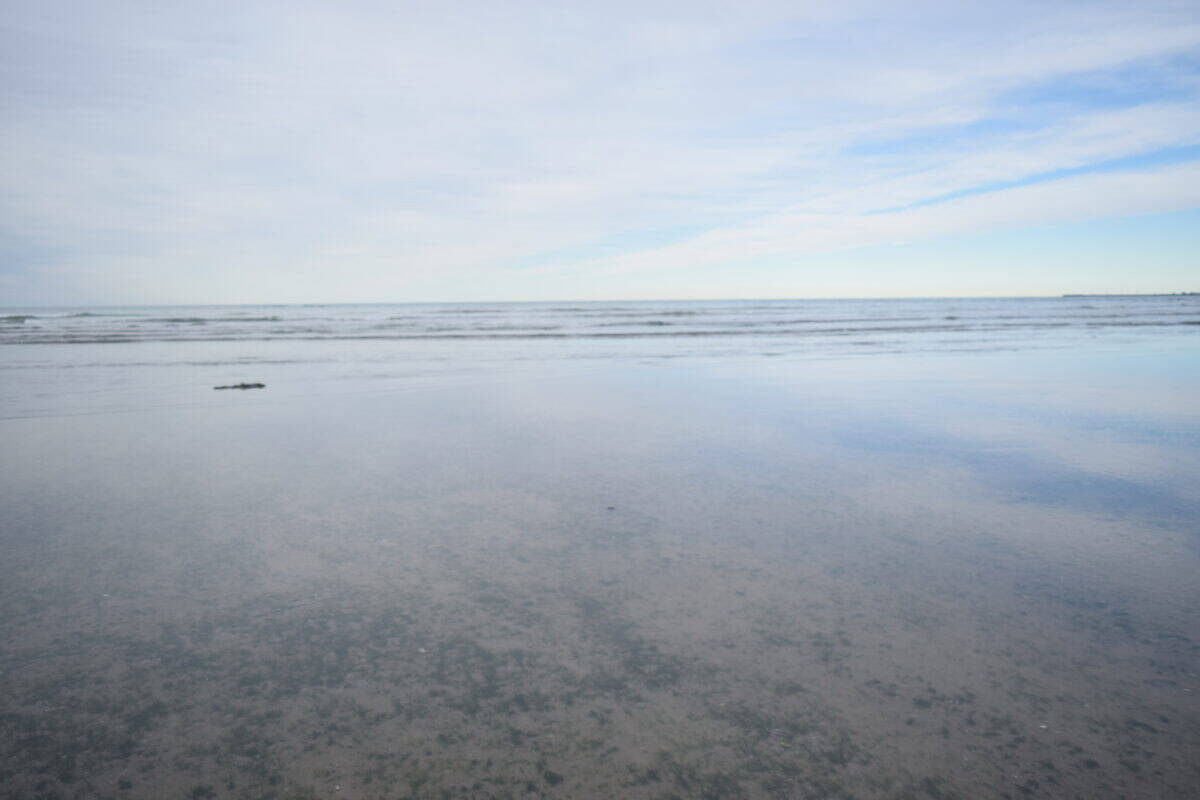
One of the most startling discoveries from Alaskan ice cores is the presence of viable microorganisms that have survived in a dormant state for thousands of years. Scientists have successfully revived bacteria, fungi, and other microbes that were trapped in ice dating back to the Pleistocene epoch, approximately 10,000 to 30,000 years ago. These organisms, dubbed “ancient sleepers,” entered a state of suspended animation when frozen and remarkably retained their ability to be revived and cultured in laboratory settings.
The discovery has profound implications for understanding the limits of life and resilience of certain organisms. Some of these microbes possess unique adaptations that allowed them to withstand freezing temperatures, high pressure, and minimal nutrients for millennia. Researchers are now studying these organisms for potential applications in medicine, including the development of new antibiotics and enzymes that function in extreme conditions. However, this finding also raises concerns about the potential release of ancient pathogens as Arctic ice continues to melt due to climate change.
Unexpected Climate Patterns Challenging Modern Models

Alaskan ice cores have revealed climate patterns that contradict some established climate models, forcing scientists to reconsider their understanding of Earth’s climate system. Analysis of oxygen isotopes and other chemical proxies in the ice has shown that Alaska and parts of the Arctic experienced rapid temperature fluctuations of up to 10-15°C within decades during the last Ice Age—much faster than previously thought possible. These abrupt climate shifts, sometimes occurring within a single human lifetime, suggest that the Earth’s climate system may be more sensitive to triggering mechanisms than current models predict.
Additionally, ice core data indicates periods when Alaska was actually warmer than today despite lower global carbon dioxide levels, challenging simplistic views of climate change drivers. These findings highlight the complex interplay between ocean currents, atmospheric circulation, and other factors that influence regional climate patterns. The unexpected evidence preserved in these ice cores is now being used to refine climate models and improve predictions about future climate change scenarios, particularly for high-latitude regions like Alaska that are currently warming at accelerated rates.
Evidence of Cosmic Impacts Previously Unknown
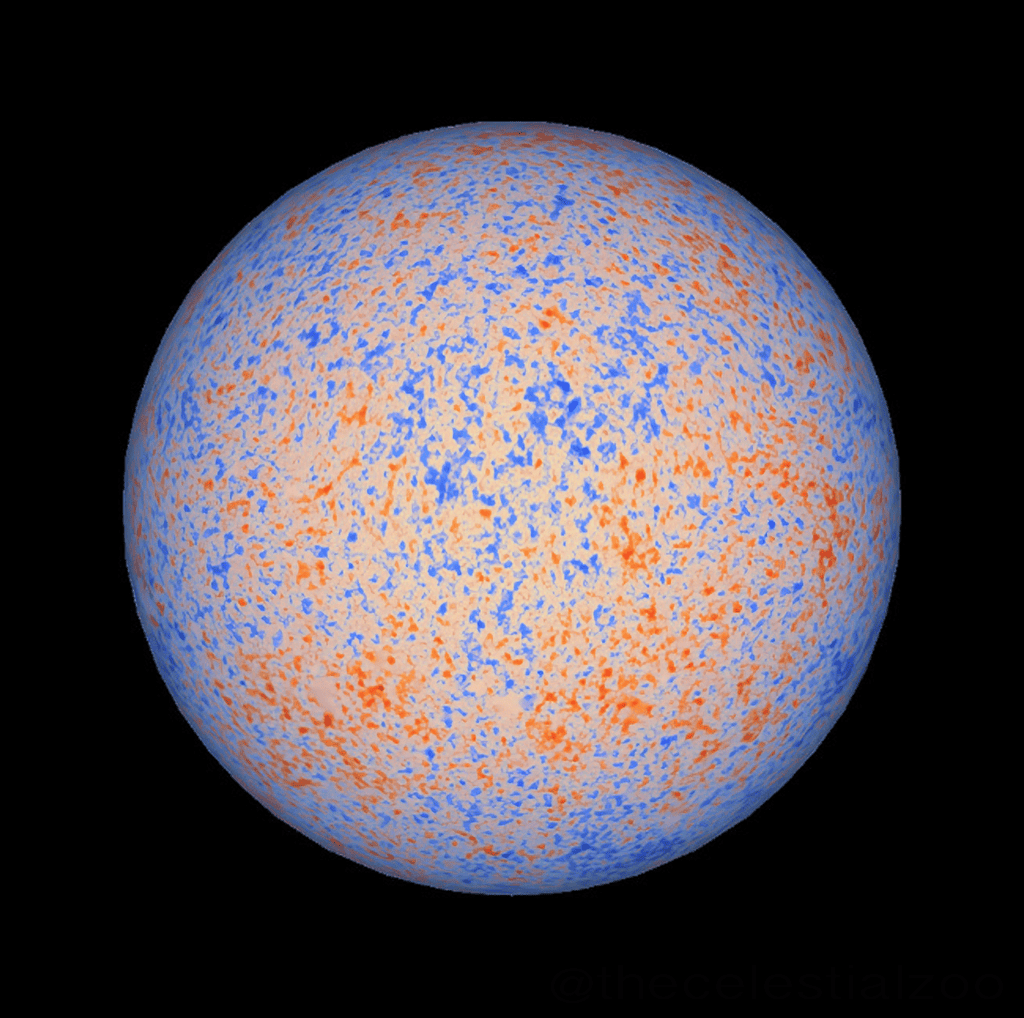
In a stunning discovery, Alaskan ice cores have revealed evidence of previously undocumented cosmic impacts that occurred during the Holocene period (the last 11,700 years). Thin layers containing anomalously high concentrations of platinum, iridium, and other elements typically associated with meteorites suggest that Earth experienced several significant meteorite airbursts or impacts that weren’t severe enough to leave traditional impact craters but were substantial enough to deposit extraterrestrial material across large regions.
One particularly interesting layer dating to approximately 5,200 years ago coincides with archaeological evidence of cultural disruptions in multiple human civilizations, raising questions about whether these cosmic events may have influenced human history through climate effects or direct consequences. The discovery of these impact signatures has prompted researchers to scan historical records and archaeological findings for correlations with sudden societal changes or environmental shifts. These cosmic markers also provide valuable time-stamped layers that help scientists precisely date and correlate other events recorded in the ice cores, improving the chronological framework for paleoclimate research.
Volcanic Eruptions That Changed Human History

Alaskan ice cores have preserved remarkable evidence of massive volcanic eruptions that significantly altered global climate and potentially shaped human history. Layers of volcanic ash and sulfate aerosols found in the ice provide a detailed record of volcanic activity over thousands of years, including several “mega-eruptions” that were previously unknown or poorly documented. One particularly significant discovery was evidence of an enormous eruption around 43,000 years ago that released over 150 cubic kilometers of material—approximately 50 times larger than the 1980 Mount St. Helens eruption.
This cataclysmic event coincided with a period of significant Neanderthal population decline in Europe, raising questions about whether the resulting “volcanic winter” may have contributed to their eventual extinction. More recent volcanic signals in the ice cores correspond with documented historical cooling periods, crop failures, and social unrest, including the “Year Without a Summer” in 1816 following the Tambora eruption. The Alaskan records have also revealed patterns suggesting that major volcanic eruptions often cluster in time rather than occurring randomly, a finding that has important implications for understanding Earth’s geological processes and assessing future volcanic hazards.
Ancient DNA Revealing Lost Ecosystems

The preservation of ancient DNA within Alaskan ice cores has provided unprecedented insights into ecosystems that have long since disappeared. Using advanced genomic sequencing techniques, scientists have extracted and analyzed DNA fragments from pollen, plant material, insects, and even large mammals that were deposited in the ice over tens of thousands of years. This genetic time capsule has revealed the presence of now-extinct species and reconstructed the biodiversity of ancient Alaska with remarkable detail. One particularly significant finding was the discovery of DNA from a previously unknown species of mammoth that appears to have been adapted to extremely cold environments, with genetic modifications for enhanced fat storage and improved circulation in frigid conditions.
The ice cores have also yielded evidence of ancient forest ecosystems in areas that are now tundra, demonstrating how dramatically Alaska’s landscapes have shifted over time. Plant DNA sequences show that certain species migrated northward much faster than previously estimated during warming periods, providing important context for understanding how modern ecosystems might respond to current climate change. These genetic records are helping scientists track the timing and patterns of species extinction events, offering valuable lessons for contemporary conservation efforts.
Atmospheric Composition Revelations Defying Expectations
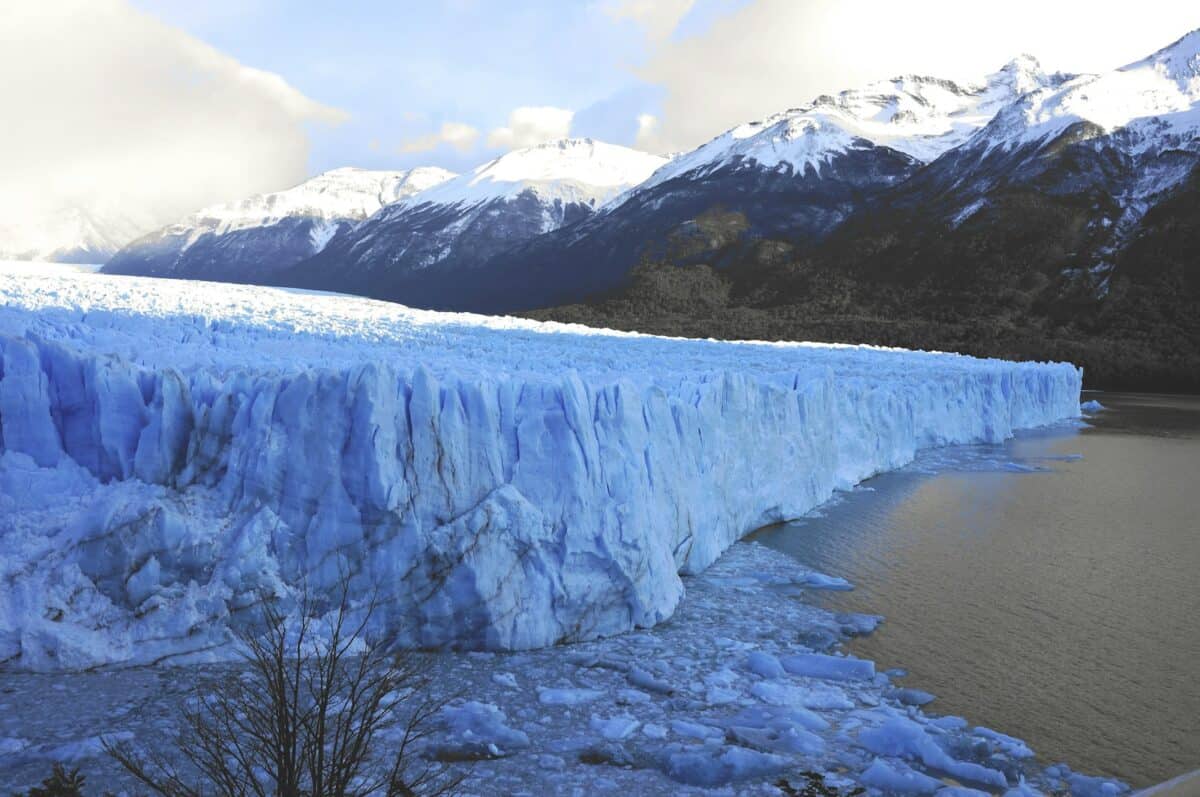
Analysis of air bubbles trapped within Alaskan ice cores has yielded surprising findings about Earth’s atmospheric composition throughout history. These ancient air samples provide direct measurements of greenhouse gases and other atmospheric components from thousands of years ago, offering crucial baseline data for understanding natural climate variations. One unexpected discovery was that methane levels showed several rapid spikes during periods previously thought to be stable, including a significant increase approximately 14,700 years ago that cannot be explained by known natural sources.
This has led scientists to hypothesize about previously unrecognized methane release mechanisms, such as destabilization of methane hydrates in warming Arctic sediments. Another surprising finding was the detection of industrial pollutants in ice layers dating back to the late 1700s—decades earlier than expected and coinciding with the early stages of the Industrial Revolution. These pollutants include lead, mercury, and persistent organic compounds that were transported to Alaska via atmospheric circulation long before the industrial development of the region itself. The ice cores also revealed natural background levels of various atmospheric components, demonstrating that some pollutants considered “modern” have actually fluctuated naturally over time, albeit at much lower concentrations than seen today.
Traces of Ancient Pandemics Preserved in Ice

In a groundbreaking development, scientists have identified genetic material from ancient pathogens preserved within Alaskan ice cores, providing direct evidence of historical disease outbreaks. Using highly sensitive molecular techniques, researchers detected fragments of DNA and RNA from various viruses and bacteria in ice layers corresponding to known pandemic periods. Of particular interest was the identification of genetic material consistent with the Justinian Plague (541-549 CE) in ice dating to that era, offering the first physical evidence of this pandemic’s global reach. The cores also contained traces of pathogens from the Black Death period and several influenza outbreaks, allowing scientists to study the genetic evolution of these disease agents over time.
Remarkably, some ice layers contained evidence of pandemic pathogens that don’t correspond to any documented historical outbreaks, suggesting that some significant disease events may have gone unrecorded. These findings are revolutionizing the field of paleopathology by providing access to the actual genetic makeup of historical pathogens rather than relying solely on historical accounts or skeletal evidence. The preservation of these microbial signatures in ice is also helping scientists better understand how diseases spread globally through atmospheric circulation patterns, with implications for modeling modern pandemic dynamics.
Human Activity Signatures Dating Back Thousands of Years
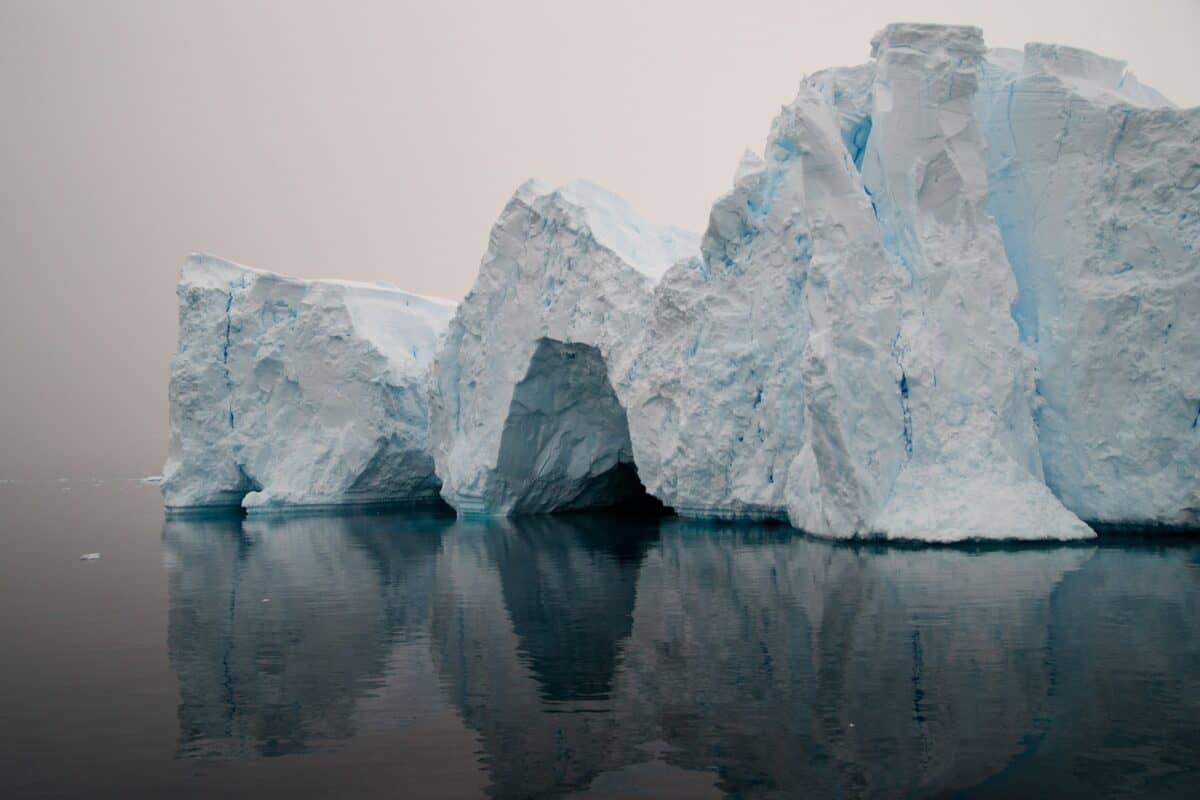
Alaskan ice cores have revealed surprising evidence of human activities dating back much further than expected, challenging assumptions about the historical reach of human environmental impact. Chemical analysis of ice layers has detected traces of lead, copper, and other metals associated with early metallurgy in layers dating to approximately 3,000-4,000 years ago, suggesting that atmospheric transport carried pollution from early Bronze Age smelting operations in distant regions to Alaska. Even more unexpected was the discovery of carbon particles with chemical signatures consistent with agricultural burning in layers dating back 5,000 years, providing evidence that early farming practices affected air quality far beyond the immediate vicinity of agricultural centers.
One particularly striking find was the detection of mercury pollution coinciding with the height of ancient Roman mining operations, demonstrating that some of humanity’s earliest industrial activities had truly global environmental consequences. These discoveries have fundamentally altered scientific understanding of the Anthropocene—the epoch of significant human impact on Earth’s systems—suggesting that human activities began influencing global environmental conditions millennia earlier than previously recognized. The findings also provide important context for evaluating modern pollution levels, showing that while current human impacts are unprecedented in magnitude, our species has been leaving detectable environmental signatures for thousands of years.
Abrupt Climate Shifts More Common Than Previously Thought
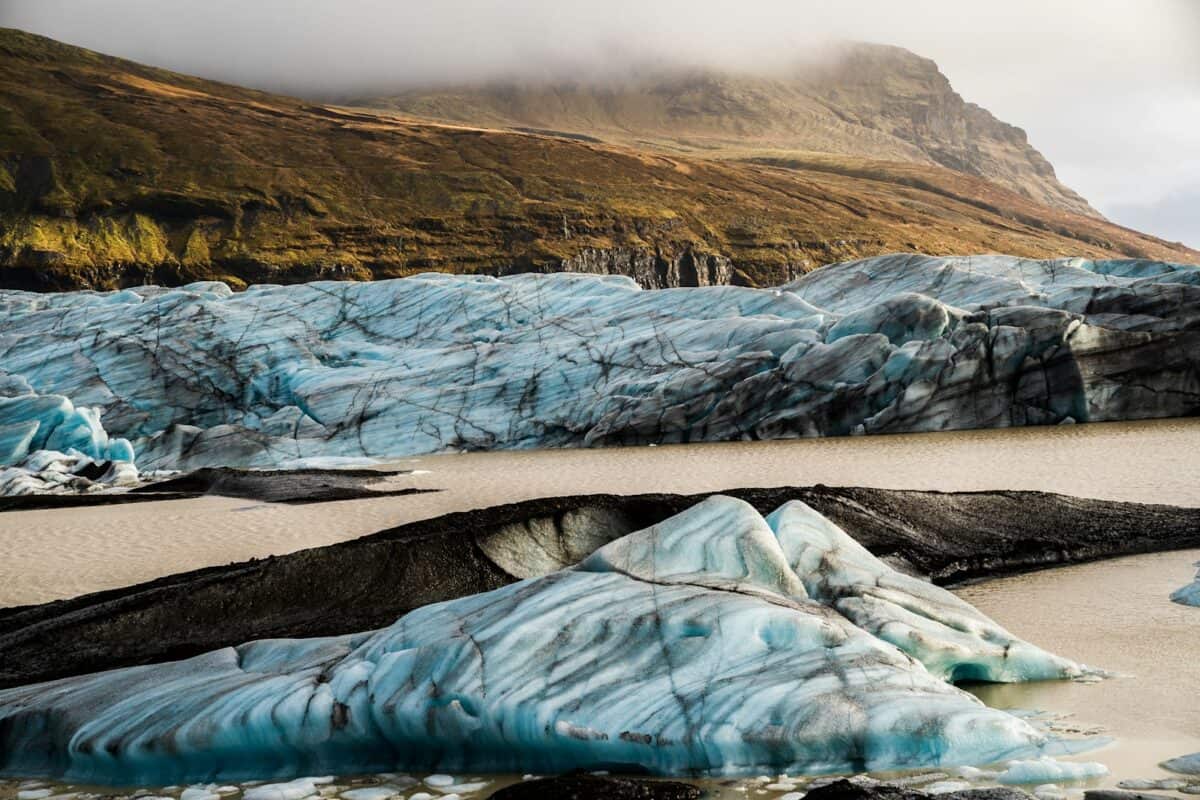
Detailed analysis of Alaskan ice cores has revealed that abrupt climate shifts occurred much more frequently throughout Earth’s recent history than scientists had previously recognized. By examining oxygen isotope ratios, dust concentrations, and other climate proxies at high resolution, researchers have identified dozens of rapid temperature fluctuations of 2-5°C occurring over periods as short as 5-10 years during the last 100,000 years. These climate “jumps” appear to have happened without obvious external forcing mechanisms like volcanic eruptions or changes in solar output, suggesting they may represent threshold responses within the climate system itself.
Particularly concerning was the discovery that these rapid shifts often persisted for decades or centuries before returning to previous conditions, demonstrating that temporary climate disruptions can have long-lasting effects. The ice core records also revealed that these abrupt changes frequently had asymmetric impacts, affecting summer and winter temperatures differently and creating seasonal patterns with no modern analog. These findings have significant implications for understanding current climate change, suggesting that the Earth’s climate may respond to anthropogenic forcing in complex, non-linear ways that include sudden shifts rather than gradual transitions. The frequency of these natural climate jumps in the past also raises questions about the stability of current climate conditions and humanity’s ability to adapt to potentially rapid changes in the future.
Ancient Super-Storms Detected in Ice Layers

Alaskan ice cores have preserved evidence of extreme weather events that far exceed anything observed in the modern instrumental record. By analyzing the chemical composition and physical characteristics of individual ice layers, scientists have identified signatures of “super-storms” that appear to have struck the region repeatedly throughout the last ice age and early Holocene period. These mega-storms, characterized by unusual isotopic patterns and concentrations of sea salt, appear to have been particularly frequent during periods of rapid climate change. One especially remarkable discovery was evidence of a series of extreme precipitation events around 17,200 years ago that deposited the equivalent of several years’ worth of snow in just weeks, potentially in connection with an abrupt warming event.
The ice cores also revealed periods when storm intensity increased dramatically while frequency decreased, creating a pattern of fewer but more catastrophic weather events. These findings suggest that the Earth’s atmosphere can organize itself into extreme storm patterns that haven’t been witnessed during humanity’s brief instrumental weather record. Climate scientists are now incorporating these discoveries into weather models to better understand the potential for similar extreme events as climate change accelerates. The evidence of these ancient super-storms is particularly relevant for coastal communities in Alaska and elsewhere that are already experiencing increased erosion and flooding from less severe modern storms.
Chemical Signatures Revealing Ancient Ocean Changes

Sophisticated chemical analysis of Alaskan ice cores has yielded unexpected insights into prehistoric ocean conditions and circulation patterns. Scientists examining trace elements and isotopes transported from ocean surfaces to the Alaskan glaciers via atmospheric circulation have identified distinct signatures indicative of major shifts in ocean chemistry and current systems. One particularly significant discovery was evidence of a previously unknown collapse of North Pacific circulation approximately 27,000 years ago, marked by distinctive strontium and neodymium isotope patterns in the ice. This event appears to have dramatically altered marine ecosystems and regional climate for several centuries.
The ice cores also contained chemical markers suggesting that the Bering Sea experienced periods of extreme biological productivity followed by sudden ecosystem crashes, revealing the ocean’s vulnerability to threshold changes. Another surprising finding was evidence that the North Pacific absorbed significantly more carbon dioxide during certain periods than current models predict, raising questions about the ocean’s future capacity to mitigate atmospheric CO₂ increases. These marine signatures in the ice provide a unique window into past ocean-atmosphere interactions that complements marine sediment records but offers much higher temporal resolution for studying rapid changes. By correlating these oceanic signals with other climate indicators in the ice, scientists are gaining a more comprehensive understanding of the complex relationship between ocean conditions and global climate dynamics.
Conclusion: The Frozen Archives Reshaping Our Understanding
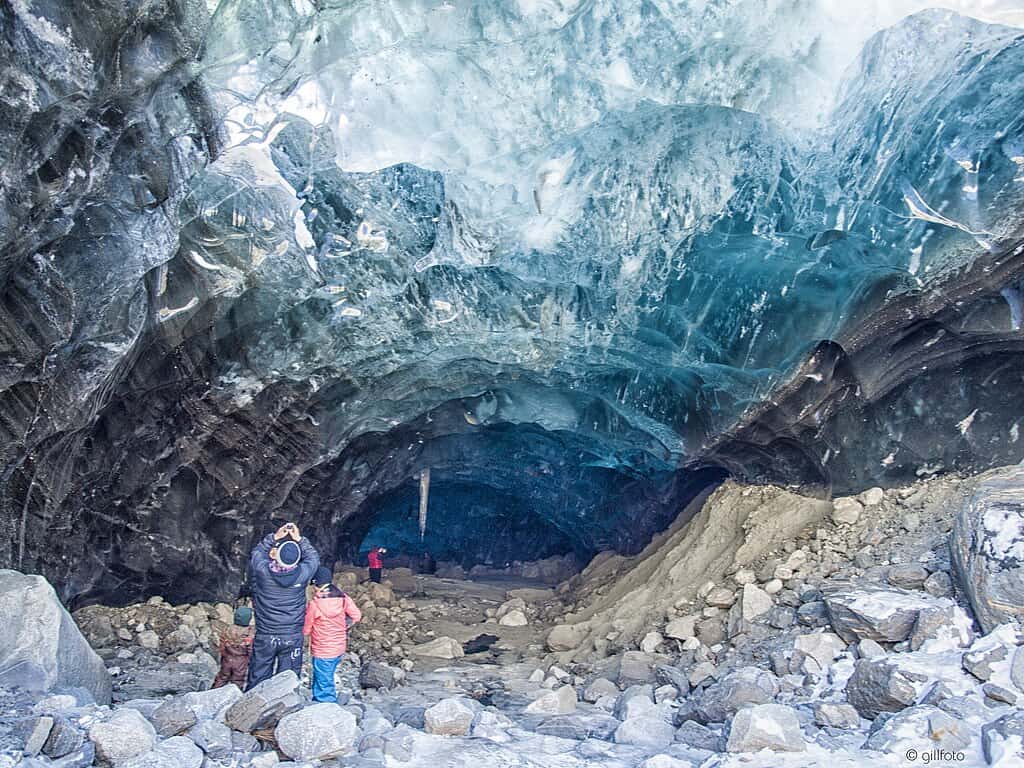
The extraordinary findings from Alaskan ice cores represent scientific discoveries that continue to transform our understanding of Earth’s past and inform projections about its future. These frozen archives have revealed that our planet’s history is far more dynamic, punctuated by more extreme events, and subject to more rapid changes than previously understood. From awakening ancient microbes and uncovering evidence of cosmic impacts to documenting human environmental footprints thousands of years older than expected, these ice cores are rewriting scientific narratives across multiple disciplines.
The recognition that abrupt climate shifts, super-storms, and ecosystem transformations have occurred repeatedly throughout history serves as both a humbling reminder of Earth’s inherent variability and a warning about potential changes we may face as human activities continue to alter our planet’s systems. As technology advances and analytical methods improve, these remarkable frozen time capsules will undoubtedly yield even more surprising discoveries, continuing to challenge our assumptions and deepen our appreciation for the complex planet we inhabit.
- What Scientists Found in Ice Cores From Alaska Will Shock You - August 9, 2025
- How Water Scarcity Could Spark Mass Migration in America - August 9, 2025
- Why Scientists Are Studying Sloth Fur for Medical Research - August 9, 2025

